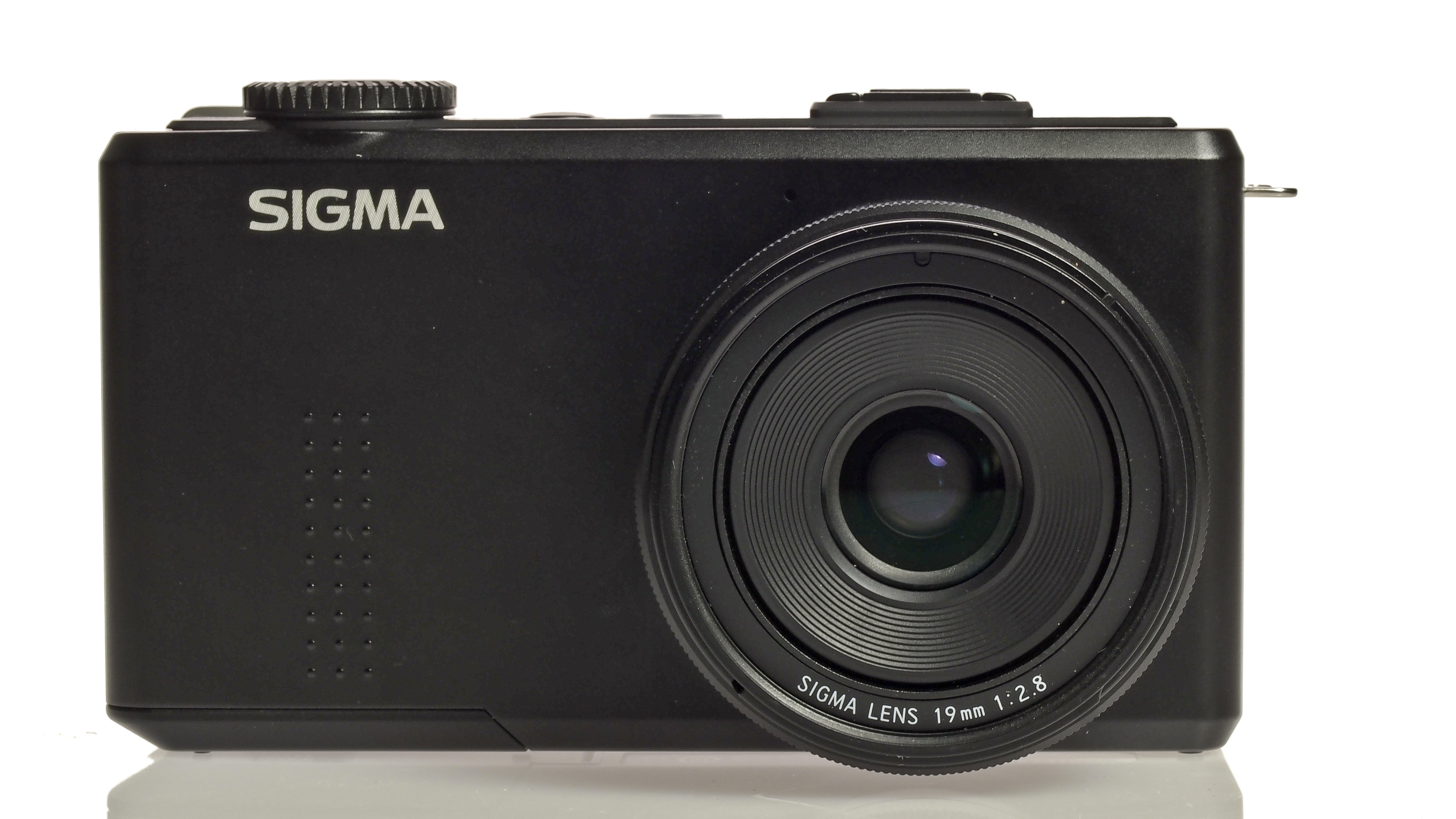Why you can trust TechRadar
It doesn't have the retro, rangefinder style of cameras such as the Fuji X series, but the body of the Sigma DP1 Merrill is simple, plain and smooth, with only the large protruding lens breaking up the square, boxy design.
There are small textured areas on the front and rear of the camera. This does make the camera as compact as possible, but we'd rather sacrifice the small size for a more reassuring handling of a handgrip.
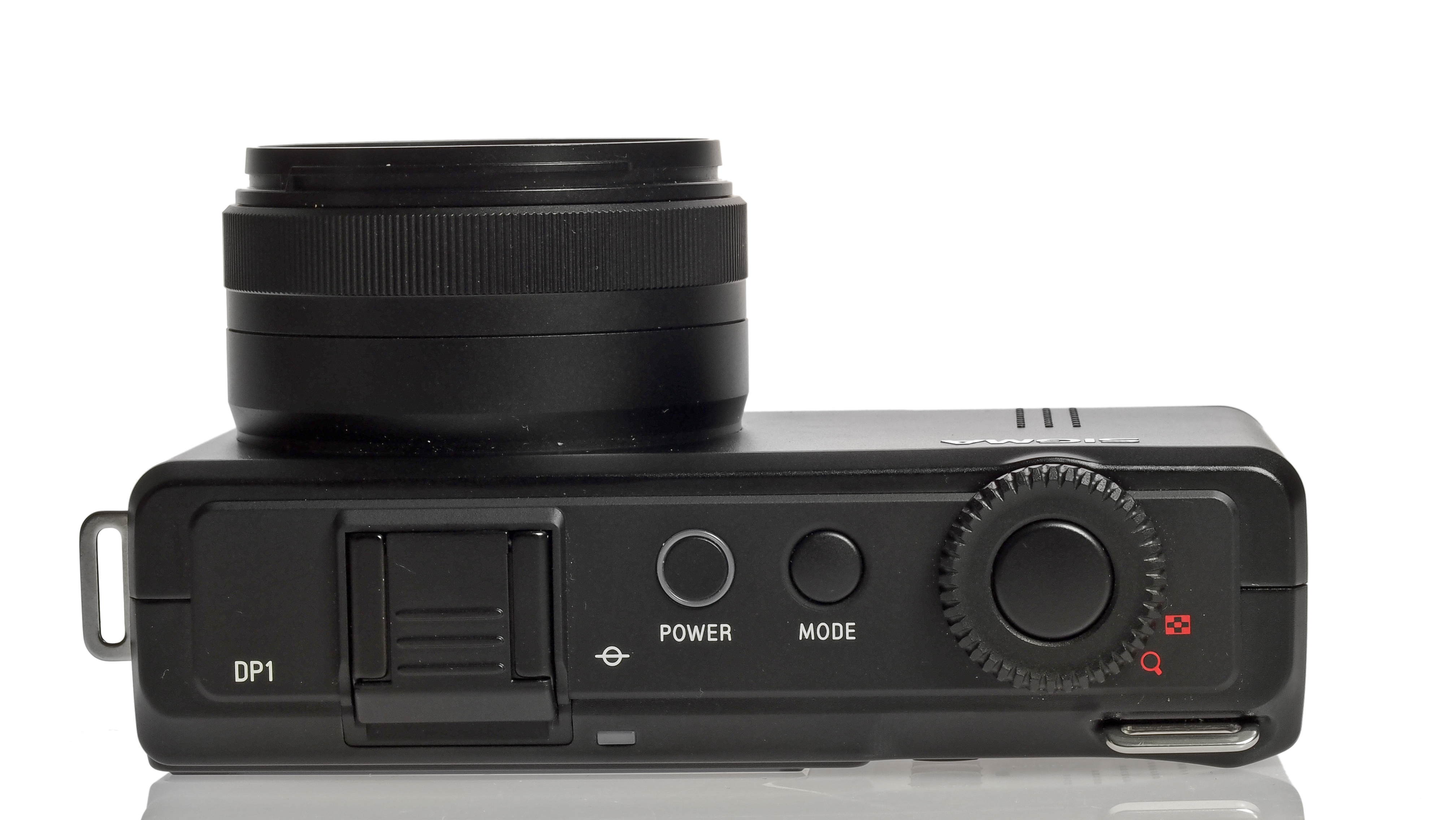
Otherwise the basic handling is good, with a simple button layout, and easy access to most of the useful settings through either direct buttons or the QS (Quick Set) button on the back of the camera. You can also customise the functions accessed through the QS button to suit your preferences.
Being able to access the most useful functions through this button is a great idea, since the menu system can be slow to use as you have to scroll through each menu screen in turn.
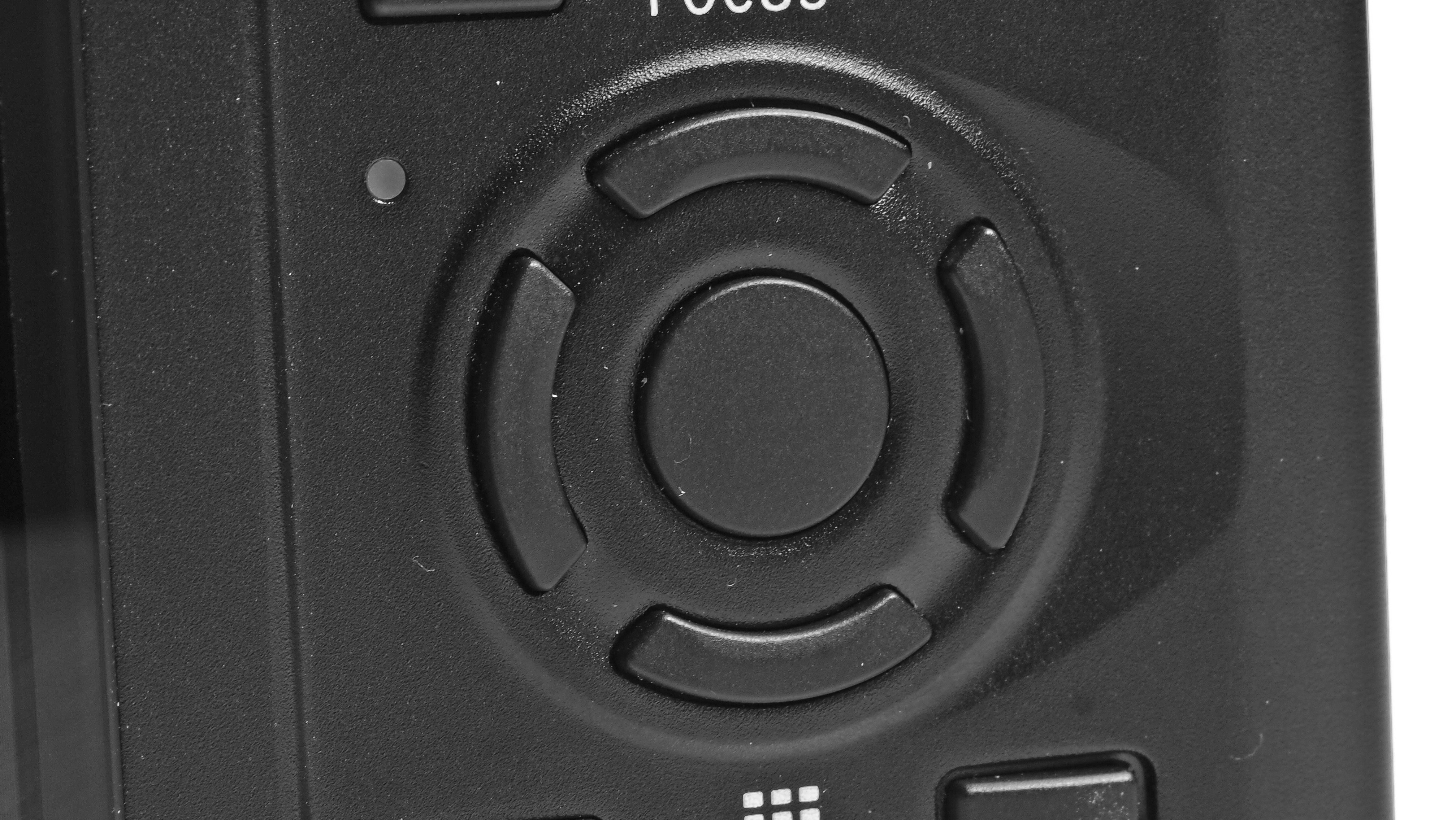
There are two main controls on the Sigma DP1 Merrill that you use in most shooting modes, a dial around the shutter release and the left/right buttons of the four-way buttons on the back of the camera.
Normally the dial is used to change the aperture or shutter speed in aperture-priority and shutter-priority modes respectively, and the buttons change the exposure compensation.
While in manual, the dial controls the shutter speed and the aperture is changed using the buttons. In all of these modes the function of the dial and buttons can be swapped over as well.
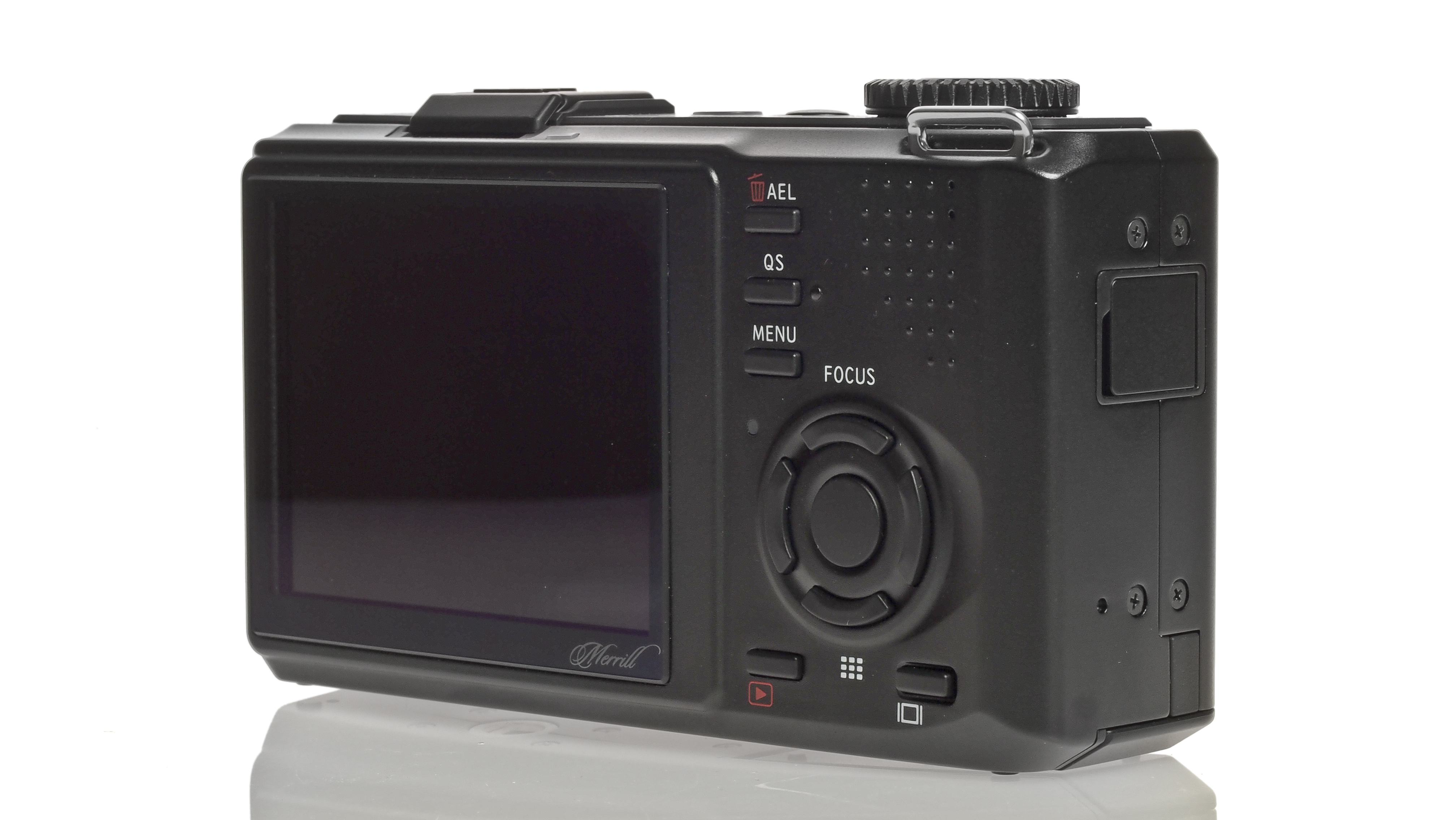
With no optical viewfinder as standard, although there is an accessory viewfinder that fits into the hot shoe, you have to rely on the 3-inch LCD screen to compose your images.
The screen itself is clear and pretty easy to use, even in bright conditions, but it's a little disappointing that the optical viewfinder isn't a standard feature.
Even though the basic layout and operation of the Sigma DP1 Merrill is simple and neat, there are a couple of issues that spoil the overall experience.
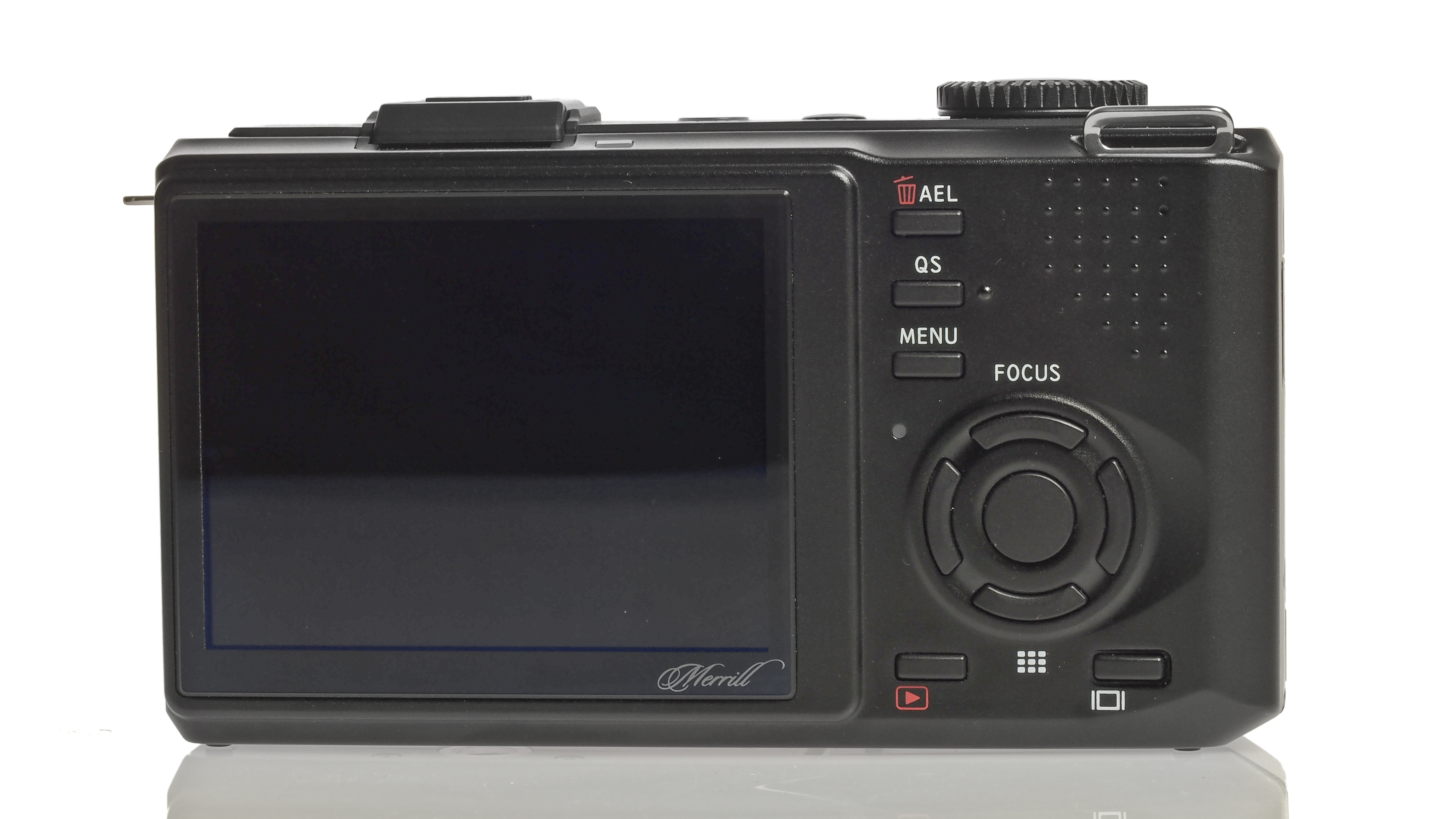
The first is the time it takes to write images to the memory card. Despite having dual TRUE II processors, the Sigma DP1 is frustratingly slow when writing images to the memory card. When shooting individual images you can't change settings for a second or so after each shot, as the camera starts writing the image.
You can continue to take shots during this time, but after the initial preview has disappeared the review facility is locked until the camera has finished writing. This can be three or four seconds for each image, which seems like an age compared to most current cameras.
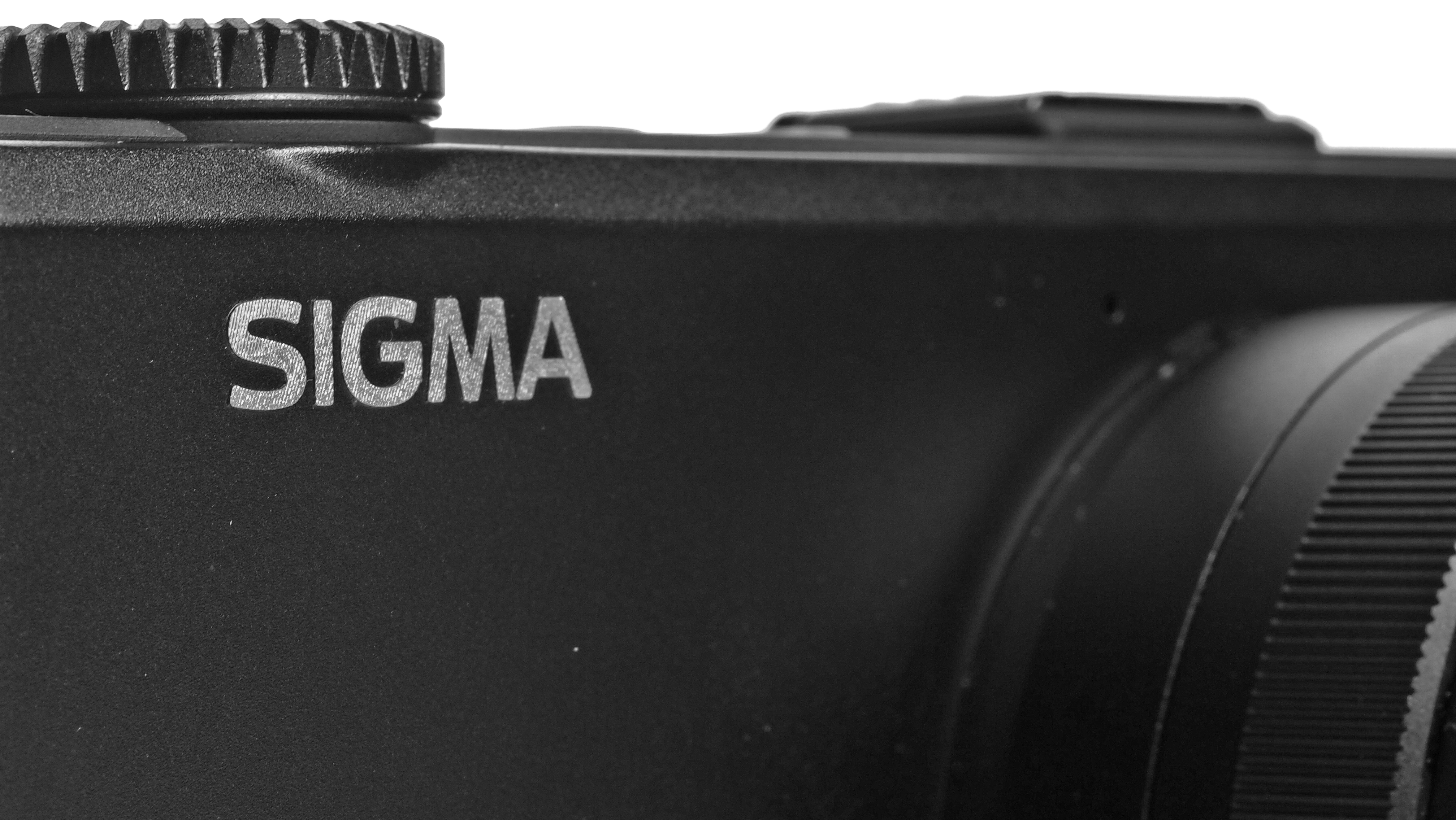
The other frustration is the battery life, which in normal use with some reviewing of images, we found would go flat after as few as 65 shots.
To help overcome this, the camera is supplied with two batteries, but even so it's not a camera that you can take to locations where you don't have access to recharging facilities at the end of each day.
